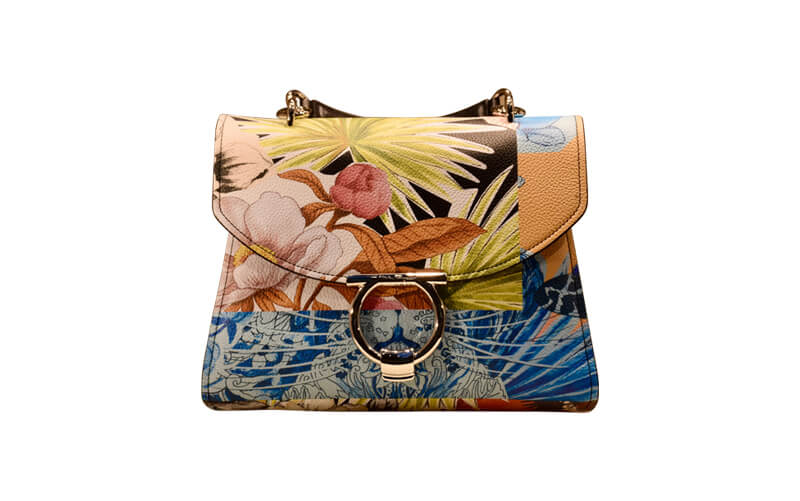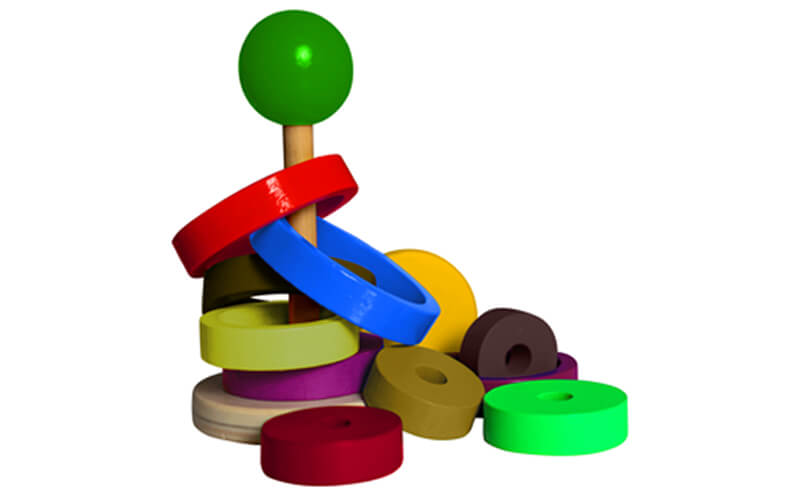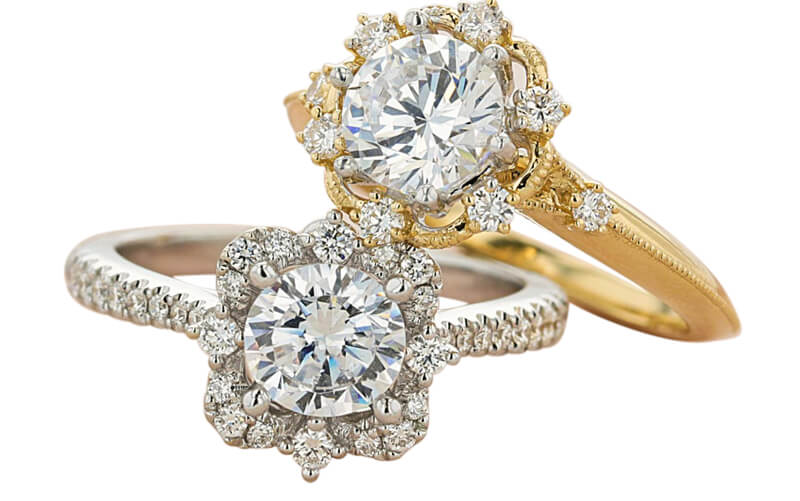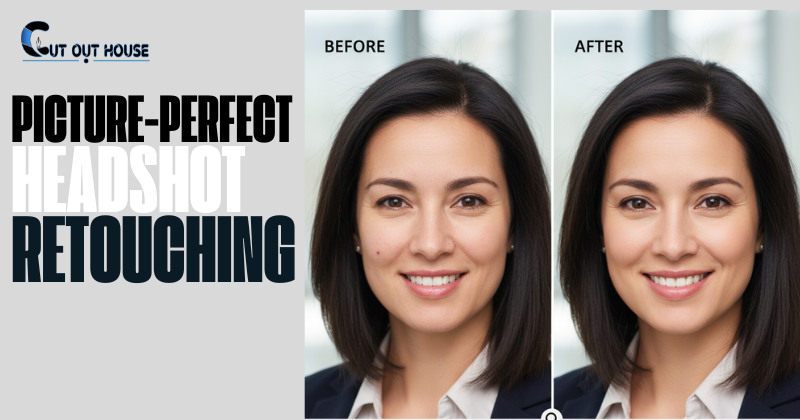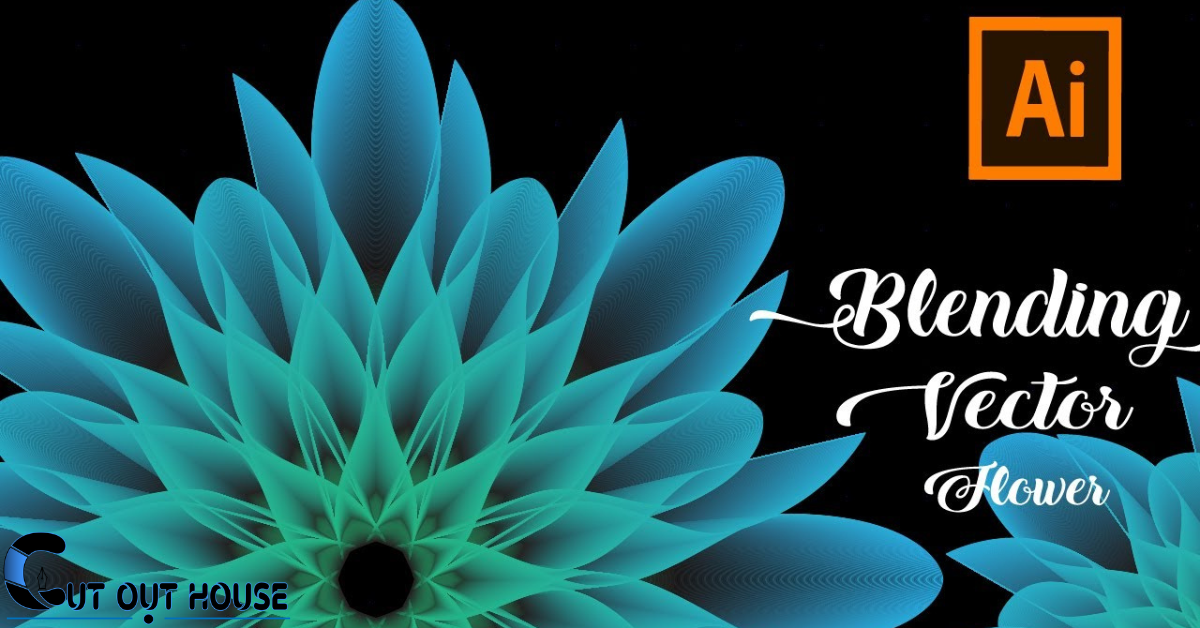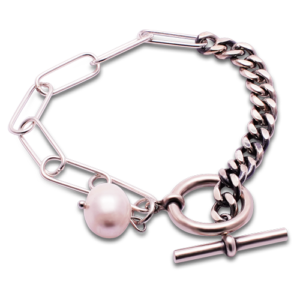The future of color correction in photo editing is set to embrace emerging trends that redefine visual aesthetics. From cultural observations to computational science, color experts provide insight into what’s to come for color in the industry.
As technology and techniques evolve, the future of color correction promises innovation and advancements that will shape the visual landscape. Color-correction in photo editing is an essential aspect of achieving the desired visual impact. It involves adjusting and enhancing the colors in images to create a specific look or style.
With the continuous evolution of technology and the increasing demand for visually appealing content, the future of color correction holds exciting possibilities. This article will explore the trends and developments that are shaping the future of color correction in photo editing, offering valuable insights into what to watch for in the ever-changing world of visual content creation.
The Roots Of Color Correction
Explore the evolving landscape of color correction in photo editing, unveiling upcoming trends that will revolutionize visual storytelling and redefine aesthetic standards. Stay ahead by embracing the innovative techniques shaping the future of color-correction.
| Color correction plays a crucial role in photo editing by ensuring accurate colors. |
| Early techniques in film and the transition to digital editing have shaped modern practices. |
| Color correction harmonizes hues and tones, unifying footage for a consistent look. |
| It involves adjusting colors to match real-world appearances and create cohesive visuals. |
| Color correction complements color grading, each serving distinct purposes in editing workflows. |
Key Concepts In Color-Correction
The Future of Color Correction in Photo Editing: Trends to Watch
Importance of White Balance
White balance is crucial in color-correction as it ensures accurate representation of colors in an image by eliminating unrealistic color casts.
Exposure Adjustments
Adjusting exposure is fundamental for color correction to maintain proper brightness levels and highlight details in the image.
Color Grading Vs. Color Correction
Color grading involves the artistic manipulation of colors to evoke a specific mood or tone. It is a creative process that enhances the visual narrative. On the other hand, color correction focuses on the technical adjustments to fix color inconsistencies and inaccuracies. In film, color grading can transform the overall look and feel, whereas color correction ensures a natural and balanced appearance. In photography, color grading adds an artistic touch, while color correction maintains true-to-life colors. Understanding these distinctions is essential for achieving the desired visual impact in both film and photography.
Innovative Tools And Software
Color-correction plays a crucial role in photo editing as it helps to unify the footage by fixing issues related to color. As a result, it matches the color tones with how they appear in the real world. To achieve the desired look, professionals use innovative tools and software to make the process more efficient.
When it comes to color grading software, ColorDirector, DaVinci Resolve, Adobe Premiere Pro, Final Cut Pro, and VEGAS Post are some of the top tools used by professionals. Additionally, emerging software in the market is set to redefine visual aesthetics in the future of color correction.
Color grading and color-correction are two distinct processes in photo editing. Color correcting involves fixing colors to their original look, while color grading involves giving the footage a stylistic look. However, both processes are essential to achieve a desired look.
Impact Of Ai On Color Correction
Color-correction is an essential part of photo editing, and the impact of AI on this process is significant. Automated enhancements are becoming increasingly popular, allowing for quick and efficient corrections to color and other image elements. As AI technology continues to develop, we can expect even more advanced color correction tools to become available, with the ability to analyze and adjust images with incredible accuracy and speed.
Future AI developments in color-correction may also include the ability to learn from user preferences and adjust images accordingly, making the process even more intuitive and personalized. These advancements will likely continue to improve the quality and efficiency of photo editing, allowing for more stunning and visually appealing images to be produced with ease.
Techniques From The Experts
The future of color-correction in photo editing is an exciting space that continues to evolve with new techniques and trends. Professional colorists are constantly innovating and pushing the boundaries of what’s possible in this field. Their tips and tricks are invaluable for anyone looking to stay ahead of the curve. Influential colorists’ strategies offer a glimpse into the cutting-edge methods being used to achieve stunning visual results.
Trends Shaping The Future
The future of color-correction in photo editing is being shaped by several key trends. One such trend is the adoption of AR and VR technologies, which are revolutionizing the way colors are corrected and enhanced. These technologies provide a more immersive and interactive experience, allowing editors to visualize and manipulate colors in a more dynamic manner.
Another significant trend is the focus on sustainability in editing techniques. As the industry continues to evolve, there is a growing emphasis on sustainable practices and eco-friendly solutions in color correction processes. This includes the development of more efficient and environmentally friendly tools and methods for achieving the desired color enhancements.
Educational Resources And Communities
Explore the evolving landscape of color correction in photo editing, uncovering innovative trends shaping visual enhancement. Discover the future of color correction techniques and their impact on creating captivating and vibrant images. Join communities sharing insights on the latest advancements in color correction technology.
| Online Courses and WorkshopsEnroll in online courses to enhance skills.Participate in virtual workshops for hands-on learning. |
| Forums and Networking OpportunitiesEngage in color correction forums for tips and advice.Network with industry professionals for collaborations. |
Frequently Asked Questions
Why Is Color Correction Important?
Color-correction is important because it unifies footage and fixes color issues to match real-life hues. It also ensures consistency across video clips.
What Does Color Correction Do For Photos?
Color-correction adjusts and enhances the colors in photos to achieve a desired look and consistency. It fixes color issues and ensures uniformity across the images.
What Is The Best Color Grading Software?
ColorDirector is the best overall software for color grading, while DaVinci Resolve excels in color management. Adobe Premiere Pro is ideal for professional video editing, Final Cut Pro for ultrafine adjustments, and VEGAS Post for intermediate editors.
What Is The Difference Between Color Grading And Color-Correction?
Color correction fixes colors to match real life, while color grading enhances colors for a specific style.
Conclusion
As we look ahead, the future of color correction in photo editing is evolving rapidly. Emerging trends promise to revolutionize visual aesthetics, offering new possibilities for creative expression. Stay tuned for innovative tools and techniques that will shape the way we enhance and manipulate colors in our images.
Exciting times lie ahead in the world of color-correction!


